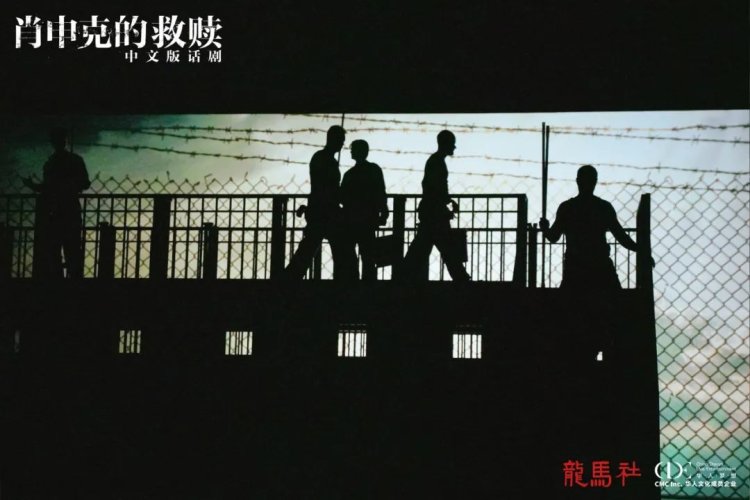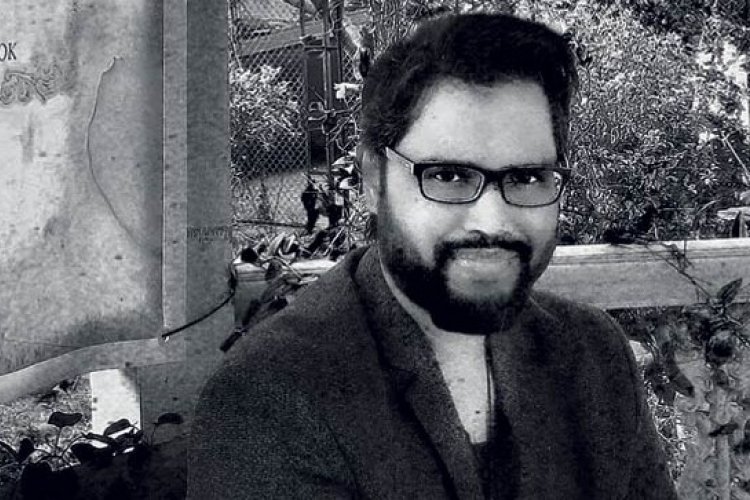Akram Khan Company Returns To Beijing
When Akram Khan, the London-based Bangladeshi dancer, came to Beijing the first time, he seemed worried about his future. Several years later, he has already become one of the most acclaimed choreographers of his generation.
Raised by his parents as a traditional Kathak dancer, Khan leads the growing trend of fusing classical Indian dance with modern dance. It is hard to define the dance form in his works — it's recognizable but different to what audiences are used to seeing. It remains abstract, but in many ways directly connects to the audience. His best-known works including Polaroid, Ronin, Third Catalogue and, of course, In-I, which he danced with Juliette Binoche.
Khan upcoming work, Bahok, premiered in Beijing in 2008. An original collaboration between him and the National Ballet of China (NBC), it was the first work that Khan didn’t dance himself. Set in international airport, Bahok reminds audiences what they might have experienced there in a humorous and emotional way, exploring the feelings of travelers when they are away from home. With the use of a host of languages - English, Korean, Spanish and Chinese to name but a few - it doesn’t matter where the audience are from, they will still be able to understand parts of the dialogue, which add a strong theatrical element to the dancing.
One of the dancers from NBC described Khan as a “serious and hard working choreographer” . It might be the reason that three Chinese dancers “quit” - this time Bahok will be performed by dancers all from Akram Khan Company. Beijing is the last stop of its world tour. Before the show, the Beijinger called Khan’s London mobile to find out more.
Did you make any adjustment or changes to Bahok after the dancers were changed from National Ballet of China dancers to your own dancers ? If so, could you explain a little?
When the NBC dancers were replaced by 3 new dancers, some changes were made. It did not have a big impact on the overall structure, but the new dancers were asked to take on some essence of the previous characters but also I had to discover a sense of originality from within the new dancers.
What are the main dance styles you have infused in Bahok?
It’s hard to say, but consciously I would say that elements of ballet vocabulary, African tribal movements, and some south Indian martial arts became part of the choreography, but I did not take or borrow different dance styles from the outside. It came organically from the dancers within the 'Bahok' team, who had previous experience of the different dance forms, already within their bodies.
How much of the choreography of Bahok comes from the dancers themselves?
Khan: Minimal amount, but the vocabulary generated was predominantly devised and created from their bodies.
What are the key points you are trying to convey in Bahok?
That somehow, even though most of us might define home as a place of four walls, within a certain geographical place, but ultimately, we are all somewhat 'nomads' especially in a time where the concept of globalization is forcing us into defining the very meaning of 'home' in new ways.
Why did you make the decision not to perform yourself? Is this your first piece that you aren't dancing in?
I have felt that when I am performing in the ensemble works, I could not create or perform in other interesting projects, so by stepping out, I felt free to continue other projects, while simultaneously the group work could be touring.
Yes, it was the first attempt in separating me as a performer within the group work.
What was the inspiration behind this version of Bahok? And did you spend time at the airport to observe passenger habits to use in the choreography?
An experience I had in Japan, where I got stuck in a lift with a few people who were from different nationalities, and then trying to communicate on how to resolve and help each other out of this dilemma. Yes, I probably spend most of my time at airports, then at home so I do spend time watching people from all over, pass by.
Do you normally like to add dialogue to modern dance? How important do you think dialogue is in dance?
Not always, but personally, the importance in the text, and whether I use it or not, depends on the simple concept, that if I cannot say it through dance, then I say it through text, and if I cannot say it through words, then I try to say it through music, and if I cannot say it through text and music, then I try to say it through dance again.
What is to be your next project and can you tell me more about it?
I am creating a new piece called 'vertical road' and it is exploring the relevance of spirituality in our lives today.
Bahok runs at the Peking University Hall on May 11 and at the Mei Lanfang Grand Theater on May 14-15. Tickets at 6551 6930. RMB 80-580.






